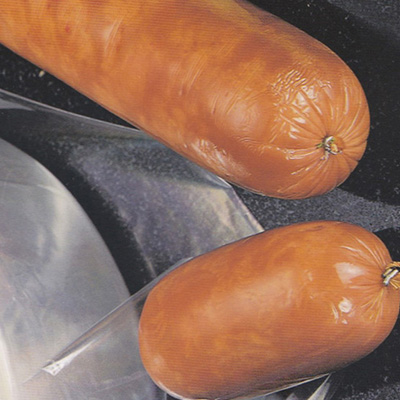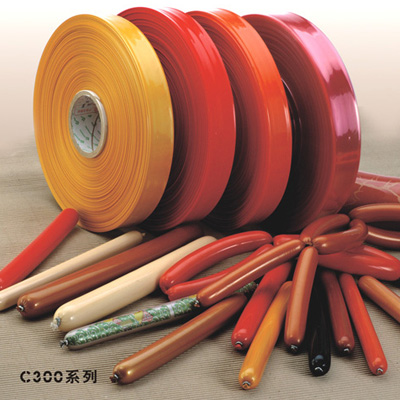Basics of Sausage Casing
Sausage casing is an essential component in the production of sausages, as it provides structure, shape, and a barrier to hold the meat and other ingredients together. Understanding the basics of sausage casing is crucial for both home cooks and professional sausage makers. Here are the key aspects to know about sausage casing:
1. Types of Sausage Casings:
There are various types of sausage casings available, each with its own characteristics and uses:
Natural Casings: These casings are made from the intestines of animals, typically pigs, cows, or sheep. Natural casings provide a traditional and authentic look and texture to sausages. Common types include hog casings (for bratwurst and Italian sausages), sheep casings (for breakfast sausages and frankfurters), and beef casings (for larger sausages like bologna).
Artificial Casings: Artificial casings are typically made from materials like collagen, cellulose, or plastic. They are uniform in size and are often used for mass production and uniformity. Collagen casings are popular and come in edible and non-edible varieties.
2. Edible vs. Non-Edible Casings:
Edible Casings: Natural casings, as well as some types of artificial casings like collagen casings, are edible. Edible casings do not need to be removed before consuming the sausage, which makes them convenient for consumers.
Non-Edible Casings: Some artificial casings are non-edible and must be removed before consuming the sausage. These casings are used for appearance and shaping purposes but are not meant to be eaten.
3. Preparation and Handling:
Natural Casings: Natural casings often come packed in salt or brine to preserve them. Before use, they need to be soaked in water to rehydrate and remove excess salt. Rinse them thoroughly and flush water through the casings to remove any impurities.
Artificial Casings: Artificial casings are usually ready for use and do not require soaking or rinsing. Simply remove them from their packaging and proceed with stuffing.
4. Sausage Stuffing:
To use casings effectively, you'll need a sausage stuffer or sausage-making equipment. Place the casing onto the stuffer's tube and secure it at one end.
Ensure that the casing is not overfilled, as this can cause it to burst during cooking. Leave some space at the end to tie off the sausage.
5. Tying and Linking:
Twist the filled casing at regular intervals to create individual sausages. Tie off the ends with kitchen twine or by twisting the casing to secure the sausages. For links, twist the casing in opposite directions between each sausage to separate them.
6. Cooking:
Depending on the type of sausage and casing used, cooking methods may vary. Some sausages are suitable for grilling, frying, boiling, or baking. Follow specific recipes or guidelines for cooking times and temperatures.
7. Storage:
Store sausages properly to maintain freshness. Refrigerate or freeze them in airtight containers or vacuum-sealed bags. Use refrigerated sausages within a few days and frozen sausages within a few months.
In summary, sausage casing is a fundamental element in sausage making, providing structure and shape to the final product. Understanding the different types of casings, their preparation, handling, and cooking methods is essential for producing high-quality sausages whether you're a home cook or a professional sausage maker.
241
0
0
All Comments (0)
If you are interested in sending in a Guest Blogger Submission,welcome to write for us!






Comments